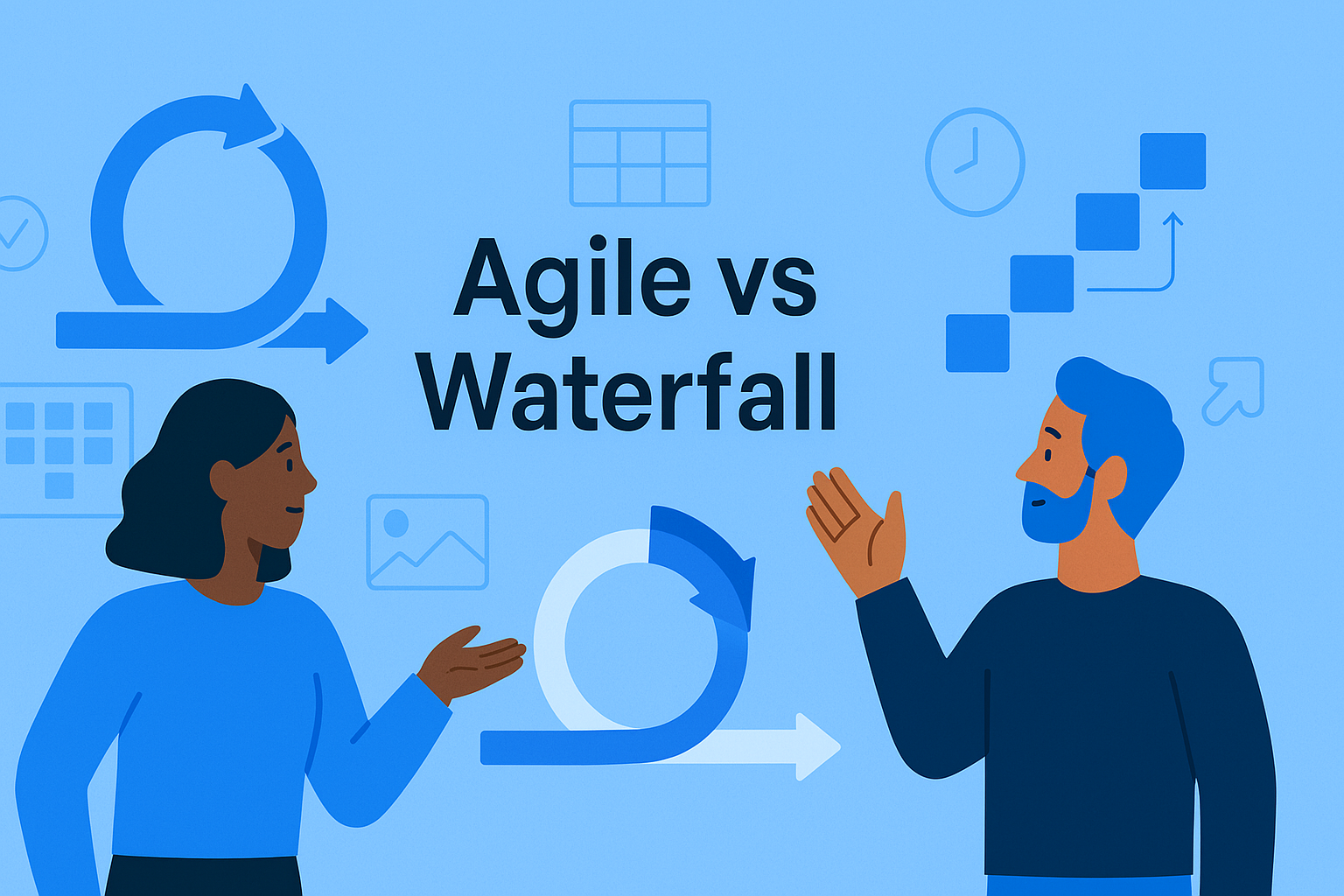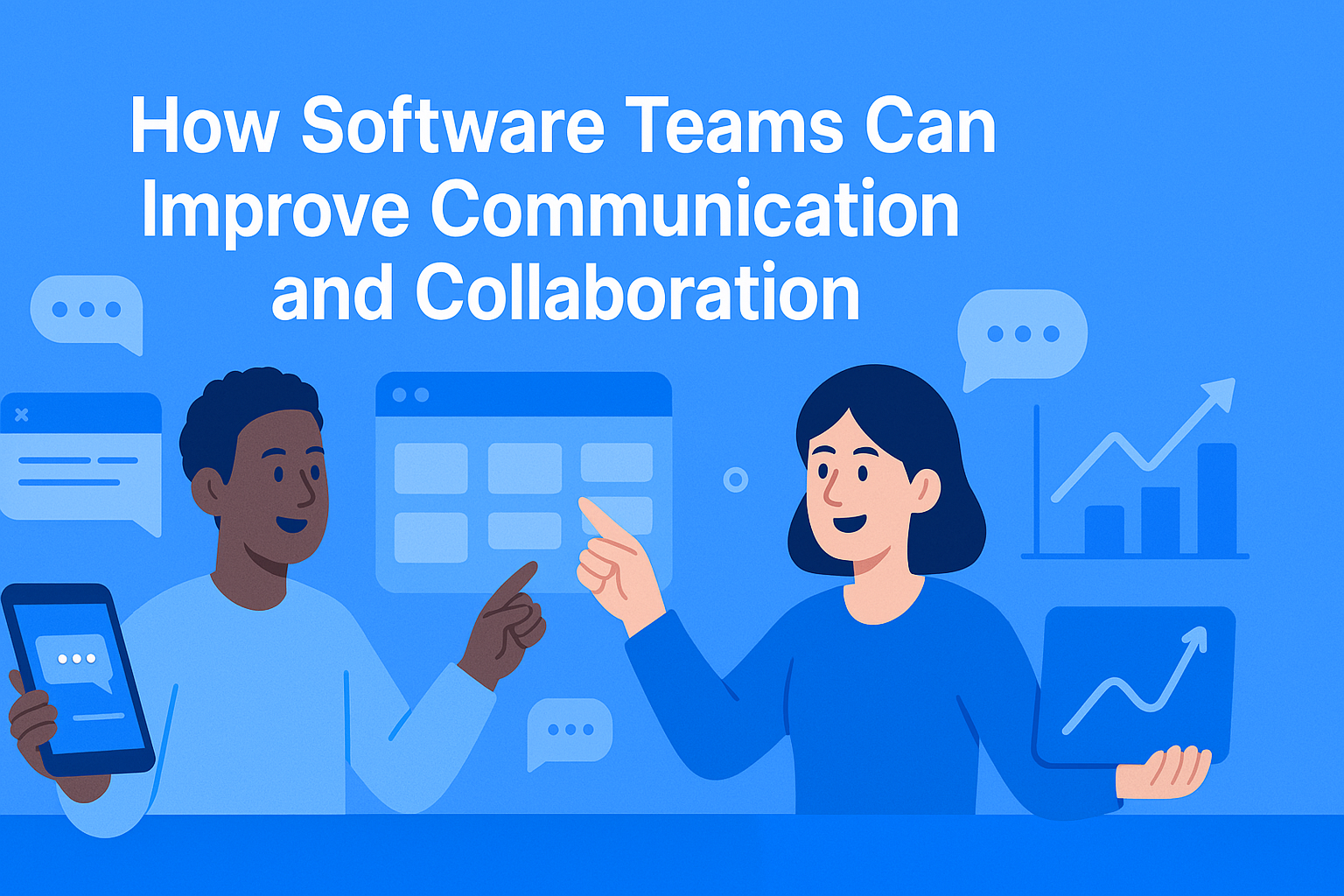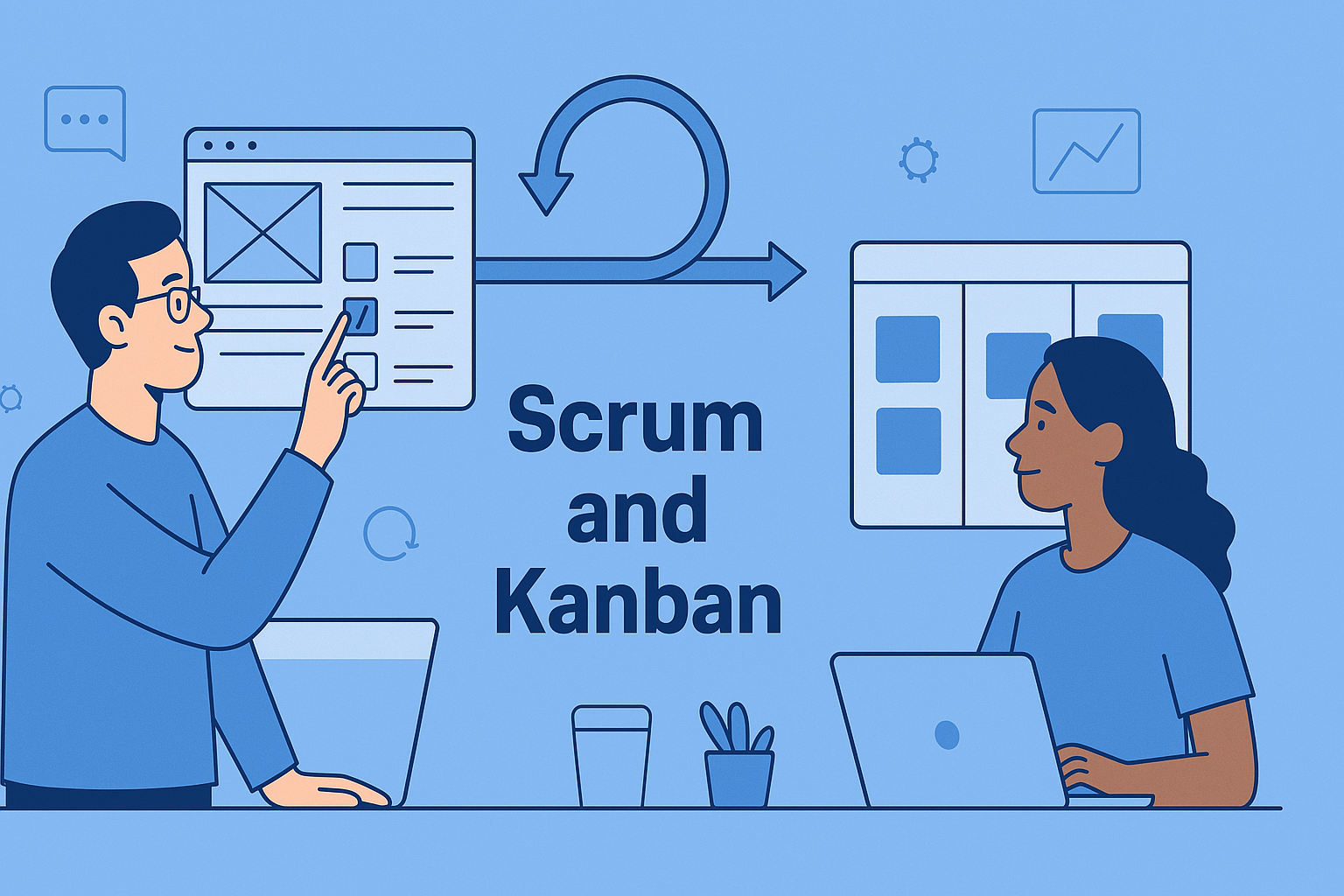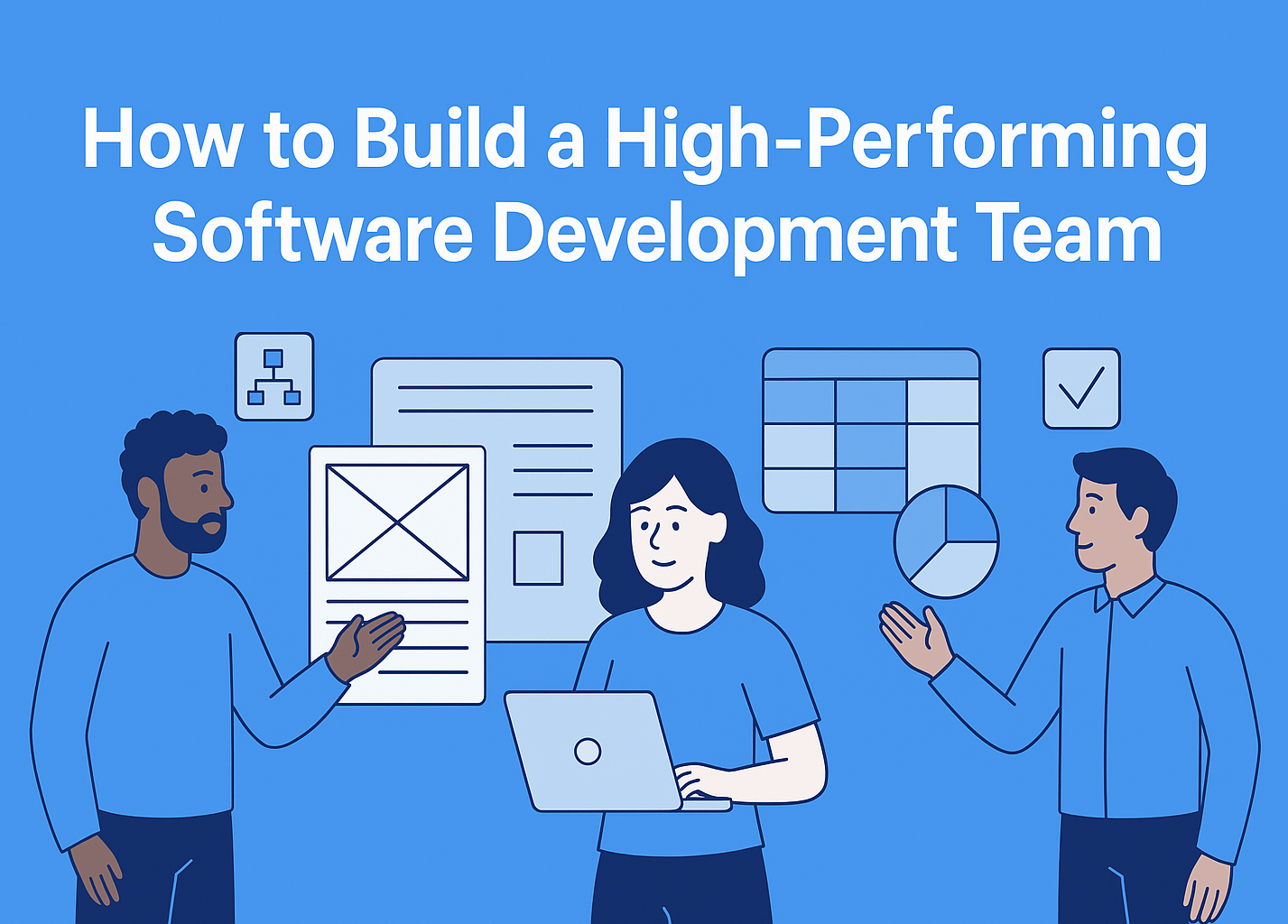· Software Development · 3 min read
Agile vs Waterfall - Which Software Development Method is Right for You?
Agile and Waterfall are two dominant approaches in software development. Learn the differences, pros and cons, and which method suits your team best.

Introduction – Choosing the Right Development Method
In the world of software development, the choice of methodology can shape how your team plans, builds, and delivers products.
Two of the most widely used approaches are Agile and Waterfall. Each has its strengths and limitations—and choosing the right one depends on your team, your goals, and your project scope.
In this guide, we’ll break down the key differences between Agile and Waterfall, the pros and cons of each, and how to decide which method is the best fit for your next project.
What is the Waterfall Method?
Waterfall is a linear and sequential approach to software development. Work flows downward—like a waterfall—through distinct phases:
- Requirements gathering
- Design
- Development
- Testing
- Deployment
- Maintenance
Pros:
- Clear documentation from the start
- Easier to manage fixed-scope projects
- Ideal for projects with stable, unchanging requirements
Cons:
- Limited flexibility, changes are hard to implement once development begins
- Late testing can delay problem discovery
- Little user feedback during the process
Waterfall works best for projects where everything is known upfront and client expectations are unlikely to change.
What is the Agile Method?
Agile is an iterative and collaborative approach that breaks projects into small, manageable chunks called “sprints.”
Agile promotes:
- Early and continuous delivery
- Frequent collaboration between stakeholders
- Flexibility to adapt to change
Pros:
- Allows for quick pivots and changing priorities
- Continuous testing and integration
- Better stakeholder engagement and feedback
Cons:
- Can be chaotic without strong leadership
- Difficult to estimate exact timelines and budgets
- Requires more hands-on involvement from all parties
Agile is ideal for fast-moving teams, complex products, and evolving goals.
Agile vs Waterfall – Side-by-Side Comparison
| Feature | Waterfall | Agile |
|---|---|---|
| Process Flow | Sequential | Iterative and incremental |
| Flexibility | Low | High |
| Client Involvement | Minimal after initial planning | Ongoing throughout |
| Documentation Focus | Heavy | Lightweight and adaptive |
| Testing | After development is completed | Integrated into every sprint |
| Best For | Clear scope, regulatory projects | Evolving products, fast-paced teams |
How to Choose Between Agile and Waterfall
Choose Waterfall if:
- Your project has clear, fixed requirements
- The client needs predictable timelines and budgets
- You’re working in a regulated industry (e.g., healthcare, defense)
Choose Agile if:
- Your team needs to ship fast and often
- Requirements are likely to change
- You value continuous feedback and iteration
Many modern teams use hybrid approaches, combining the planning of Waterfall with the flexibility of Agile.
Where TaskFrame Fits In
Whether you use Agile, Waterfall, or a mix of both—TaskFrame helps teams stay organized, aligned, and productive.
For Agile Teams
Agile thrives on iteration, fast feedback, and adaptability. TaskFrame’s wireframe-first approach allows teams to create and update dynamic, visual documentation as they go.
- Every wireframe element is not just a sketch—it’s a living part of your project.
- Tasks are directly linked to elements, and each element carries custom properties that reflect its state, owner, and purpose.
- As work evolves, the wireframe becomes a real-time, interactive documentation layer that helps teams stay aligned.
This makes sprint planning, reviews, and standups more effective—because the UI and task structure evolve together.
For Waterfall Projects
Waterfall projects rely on up-front planning and comprehensive documentation. TaskFrame makes this easy through its EAV-based (Entity-Attribute-Value) property system, which allows teams to:
- Attach structured, custom properties to any wireframe element or task
- Automatically generate living docs that evolve with the project
- Ensure all requirements and definitions are documented from day one
With this system, your wireframes are more than visuals—they’re self-documenting blueprints, ideal for environments where detailed specs and traceability are critical.
TaskFrame adapts to your process—whether you iterate daily or deliver in well-defined stages—with a visual, structured, and developer-friendly approach to project execution.
Conclusion – Agile or Waterfall?
There’s no one-size-fits-all answer. The right method depends on your team size, goals, project complexity, and client needs.
- Waterfall provides predictability and control.
- Agile delivers flexibility and speed.
- The best choice? The one that helps your team move forward with clarity and confidence.
Looking for a tool that works with either approach?
Try TaskFrame and manage your software projects the smart way.



